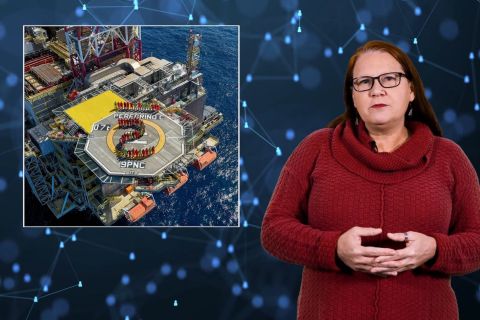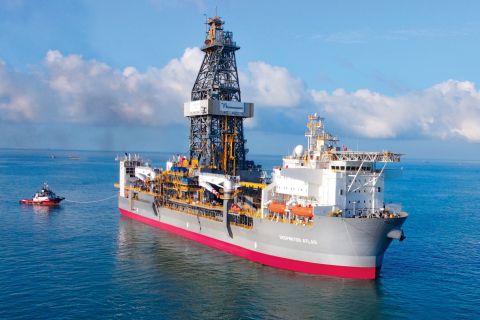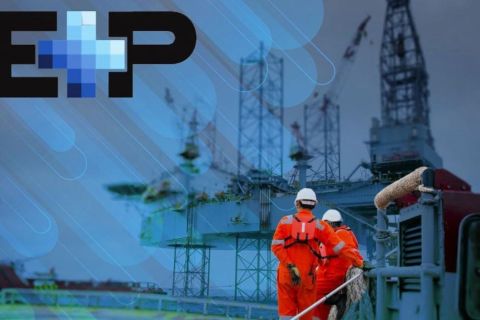Mention gas to liquids (GTL) and most people think of megascale projects exemplified by Shell’s Pearl facility in Qatar. But multibillion-dollar projects are not the only route available to companies looking to take advantage of price differences between stranded, problem or undervalued gas and valuable liquid fuels.
North America provides an obvious opportunity with its $100 oil and $4 gas. Shale gas is a mass-produced and distributed phenomenon, with thousands of small wells being drilled across North America. LNG and CNG have their niches, but GTL is a product for the mainstream, compatible with existing engines and fueling infrastructure.
Smaller scale GTL is a perfect complement to the shale revolution, giving gas producers the option of accessing oil pricing. Instead of taking a damaging write-off on high book-value shale gas reserves, producers could extract their value by investing in GTL. If producers considered the upside GTL could bring as they decide where to drill, they could increase chance weighted values, encouraging more drilling and potentially more discoveries of oil.
Velocys has been selected as a Fischer-Tropsch supplier to three commercial GTL plants in the U.S. A joint venture including Waste Management, NRG Energy, Ventech and Velocys will develop GTL plants using a combination of natural gas and biogas/landfill gas, the first of which will be located at one of Waste Management’s landfill sites in the central U.S.
Conventional GTL technology deployed by Shell and Sasol is only economic for plants producing 30,000 bbl/d or more. Only about 6% of the world's known gas fields are large enough to sustain a GTL plant of that size. In contrast, smaller scale GTL plants are designed to be economic at 1,500 bbl/d to 15,000 bbl/d, needing 425 Mcm/d to 4.2 MMcm/d (15 MMscf/d to 150 MMscf/d) of gas as feedstock. Distributed GTL could unlock up to 50% of the remaining fields that conventional GTL cannot economically exploit.
Process intensification enabled by Velocys technology completely changes the GTL game. Compare megaprojects costing about $19 billion with standardized 3,000 bbl/d units costing about $300 million. Compare Sasol’s Lake Charles plant, expected to begin production in 2019 at the earliest, with a smaller scale plant that could be taking advantage of the price arbitrage within two years of a final investment decision. Compare Pearl, a site that occupies hundreds of acres, with Pinto Energy’s brownfield site of a few tens of acres. Compare the unique designs necessary for world-scale projects with the modular “design-once, build-many” approach, which reduces costs, onsite construction, project complexity and risk.
The modular construction methods intrinsic to smaller scale GTL make its deployment ideal for remote production and arctic conditions. With onsite upgrading, fuels can be produced for isolated markets where import costs are high. GTL will often be the most economic development route for onshore gas in accumulations below 56.6 Bcm (2 Tcf) at a distance from market or infrastructure.
Offshore, GTL is being designed for use onboard FPSO vessels, producing syncrude that can be blended into petroleum crude as a route to market. This development would not only meet flaring restrictions during production but also would allow well tests and so unlock development of new oil fields.
No longer is GTL something that only majors can contemplate. The development of shale gas was made possible by the many independents operating across North America. This same pioneering mindset will drive the distributed monetization of shale gas and other stranded reserves across the continent and beyond. It will have smaller scale GTL at its heart.
Recommended Reading
Tech Trends: SLB's Autonomous Tech Used for Drilling Operations
2024-02-06 - SLB says autonomous drilling operations increased ROP at a deepwater field offshore Brazil by 60% over the course of a five-well program.
E&P Highlights: March 4, 2024
2024-03-04 - Here’s a roundup of the latest E&P headlines, including a reserves update and new contract awards.
NAPE: Turning Orphan Wells From a Hot Mess Into a Hot Opportunity
2024-02-09 - Certain orphaned wells across the U.S. could be plugged to earn carbon credits.
Rystad: More Deepwater Wells to be Drilled in 2024
2024-02-29 - Upstream majors dive into deeper and frontier waters while exploration budgets for 2024 remain flat.
E&P Highlights: April 1, 2024
2024-04-01 - Here’s a roundup of the latest E&P headlines, including new contract awards.





